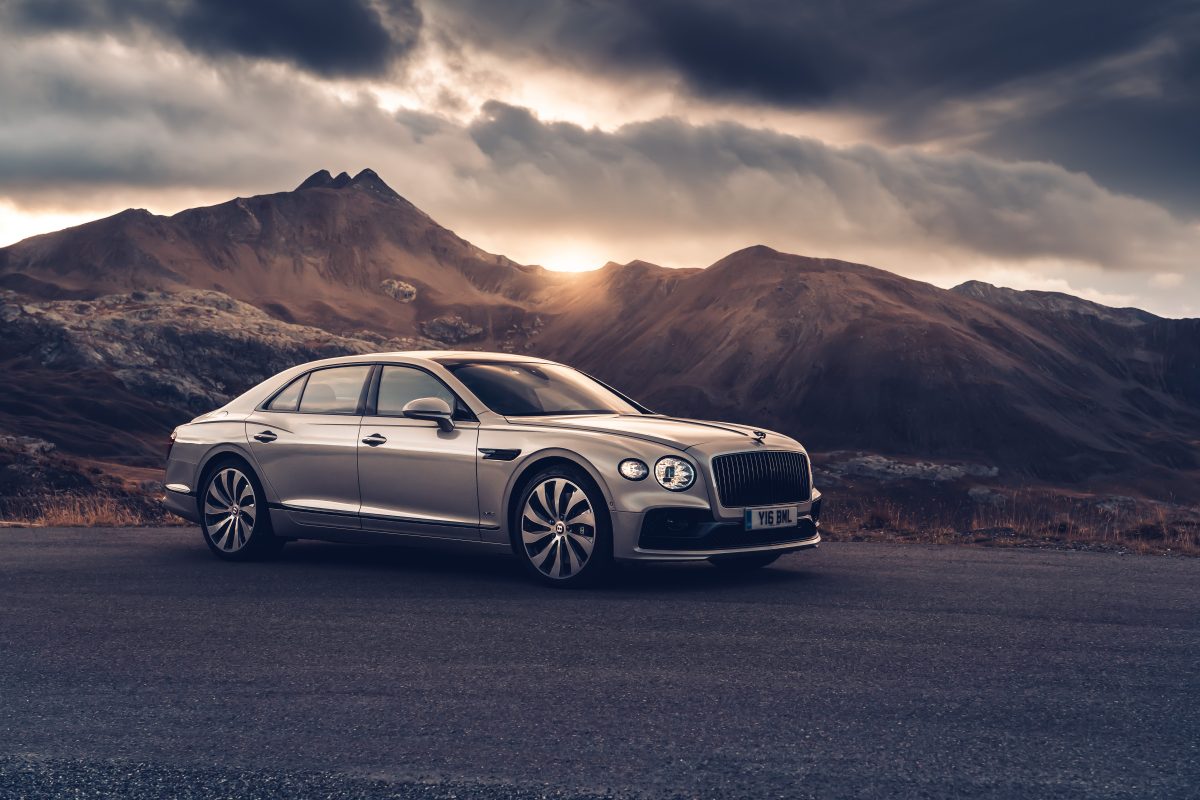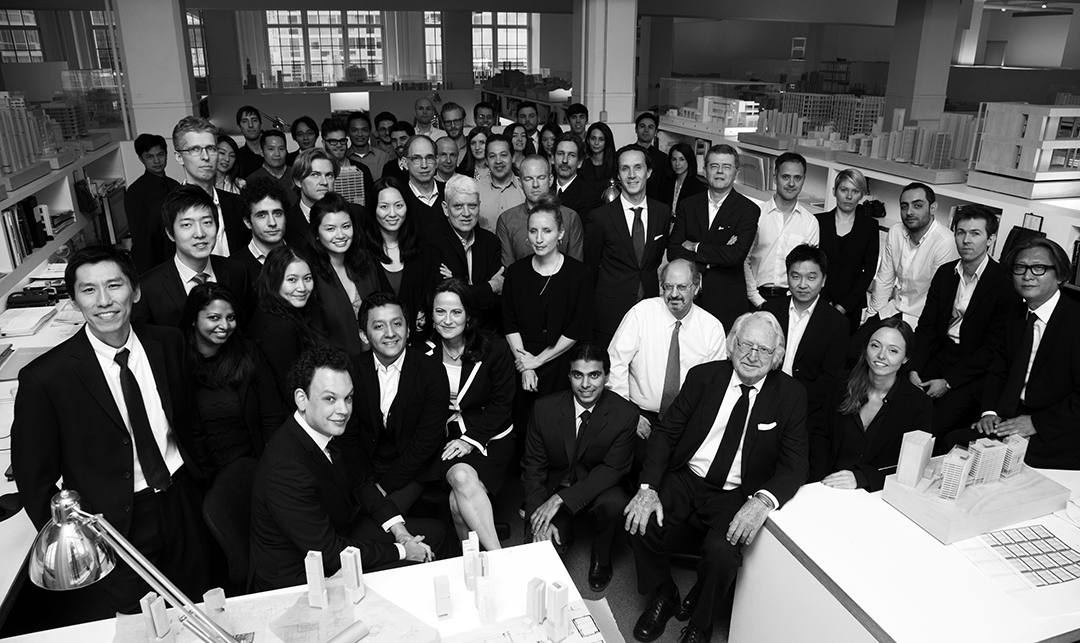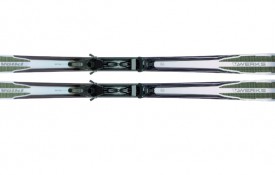“Our main direction for the future is to become the most sustainable luxury brand,” says Bentley Americas President and CEO Christophe Georges. To that end, Bentley has shown its hand with the EXP 100 GT concept. The grand tourer is a vision of what ultra-luxury can be: a fully electric vehicle with a 435-mile range, 0–60 in less than 2.5 seconds, and a top speed of 186 mph, not to mention paint derived from rice husks and a non-leather interior crafted with sustainable dyes.

The EXP 100 GT Concept Car, the brand’s vision for 2035.
Perhaps more impressive is the company’s commitment to vehicles with a new standard of environmental awareness. It broke ground in December 2018 on a 50,000-square-foot, high-tech engineering center that will influence design and production for decades. The building will include temperature-simulation labs, emission-control setups, and more.
“This big investment in engineering shows our understanding that sustainability goes well beyond electricity,” Georges says. “It involves a lot of different aspects and puts a clear focus for us on innovation.”
In October 2019, Bentley announced that its UK factory in Crewe was certified carbon neutral, marking a first for the luxury automotive industry. This is the same factory that builds the Flying Spur, a significant milestone for the marque with one of its flagship models. The 2020 edition includes a number of upgrades from the second-gen model, such as active all-wheel drive, enhanced display technology, and a 15 percent efficiency improvement over the last-generation W12 engine.
Perhaps more impressive is the company’s commitment to vehicles with a new standard of environmental awareness. It broke ground in December 2018 on a 50,000-square-foot, high-tech engineering center that will influence design and production for decades. The building will include temperature-simulation labs, emission-control setups, and more.
“This big investment in engineering shows our understanding that sustainability goes well beyond electricity,” Georges says. “It involves a lot of different aspects and puts a clear focus for us on innovation.”
In October 2019, Bentley announced that its UK factory in Crewe was certified carbon neutral, marking a first for the luxury automotive industry. This is the same factory that builds the Flying Spur, a significant milestone for the marque with one of its flagship models. The 2020 edition includes a number of upgrades from the second-gen model, such as active all-wheel drive, enhanced display technology, and a 15 percent efficiency improvement over the last-generation W12 engine.

The Flying Spur
The Flying Spur is noticeably sleeker and more modern than past Bentleys—a nod to the changing face of the brand’s demographic. Part of the company’s progress comes from recognizing that the core buyer is changing and adjusting direction to remain relevant.”
The power of storytelling matters even more now,” Georges says. “People are more interested in what’s behind the product. There’s only room for luxury that has a maximum impact.”
Georges notes how everything from material sourcing and custom-finish vehicles to technical education and the way the automaker works with owners is more important than ever in the messaging of the brand, with sustainable practices an increasing priority for consumers.
“Authenticity and craftsmanship: This is the value of new luxury,” he says. With those sentiments, Bentley is positioning itself as a leader in technology and innovation across the entire automotive industry. bentleymotors.com











































